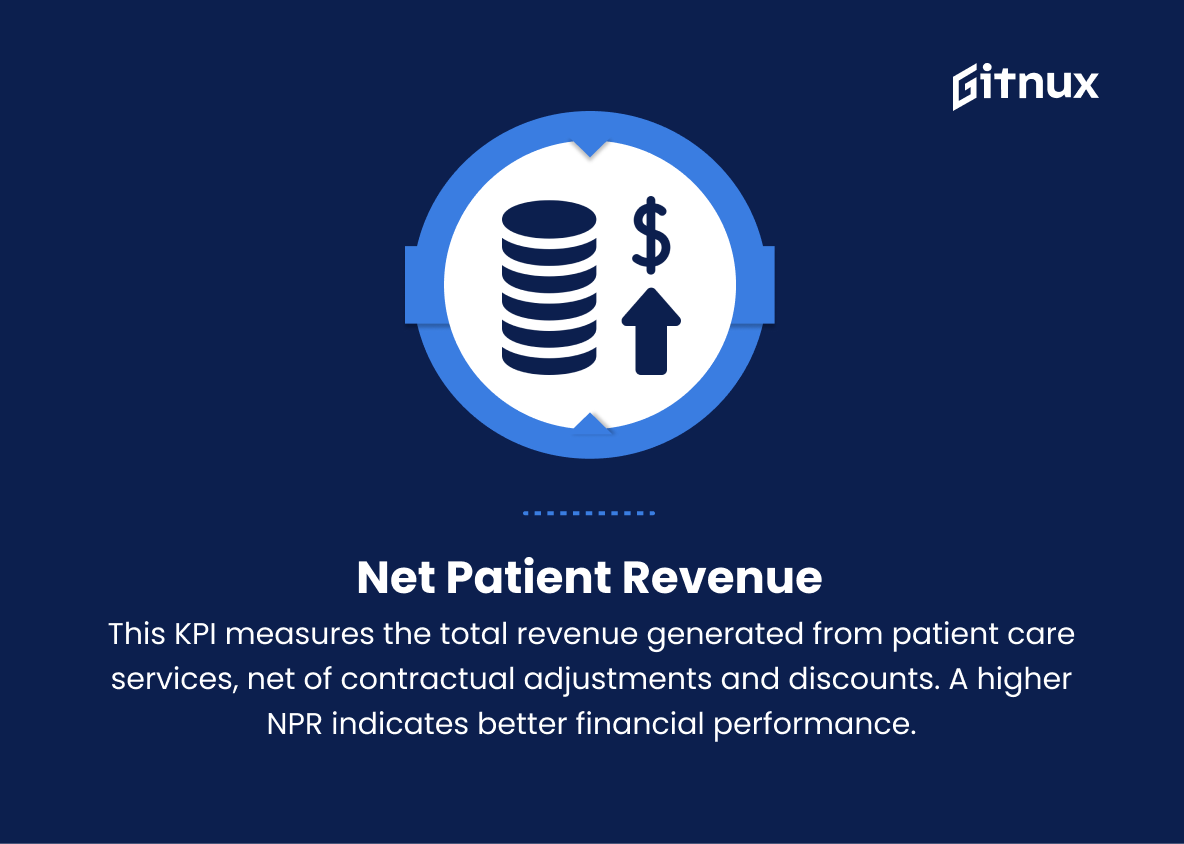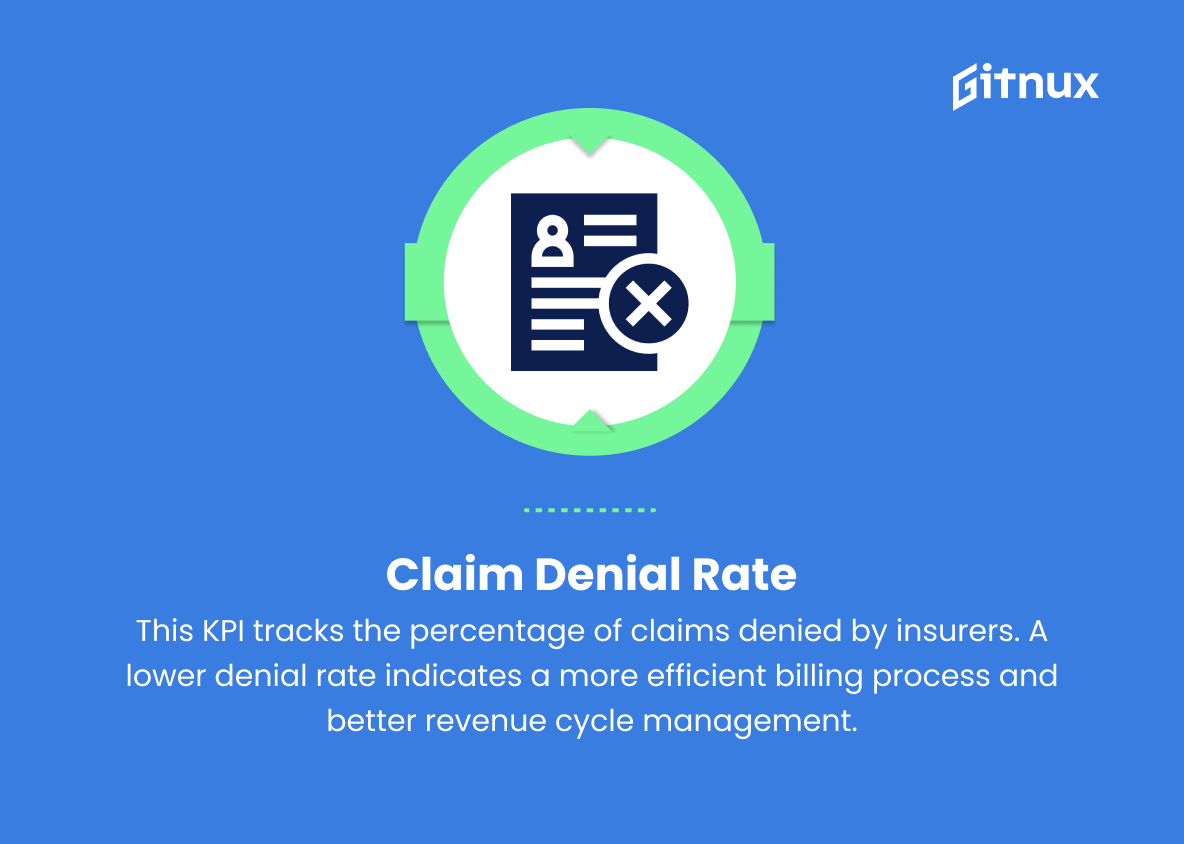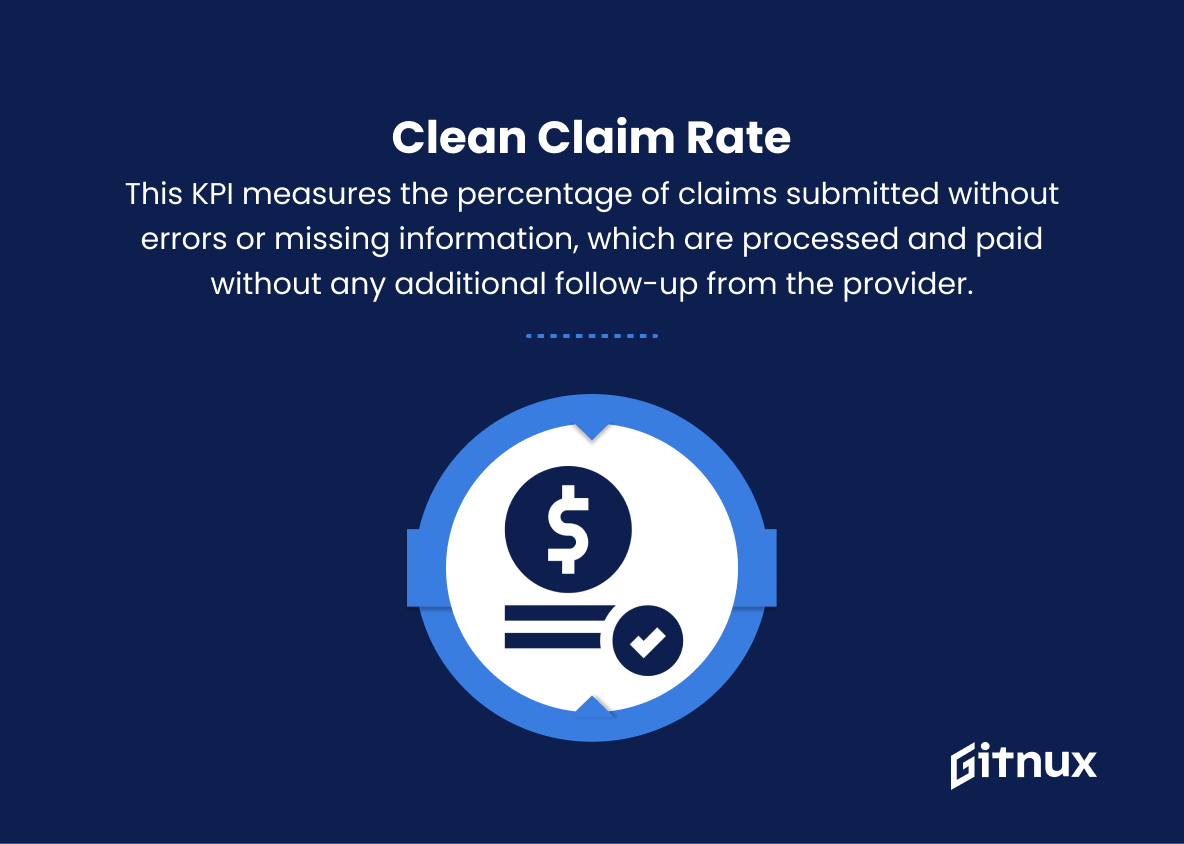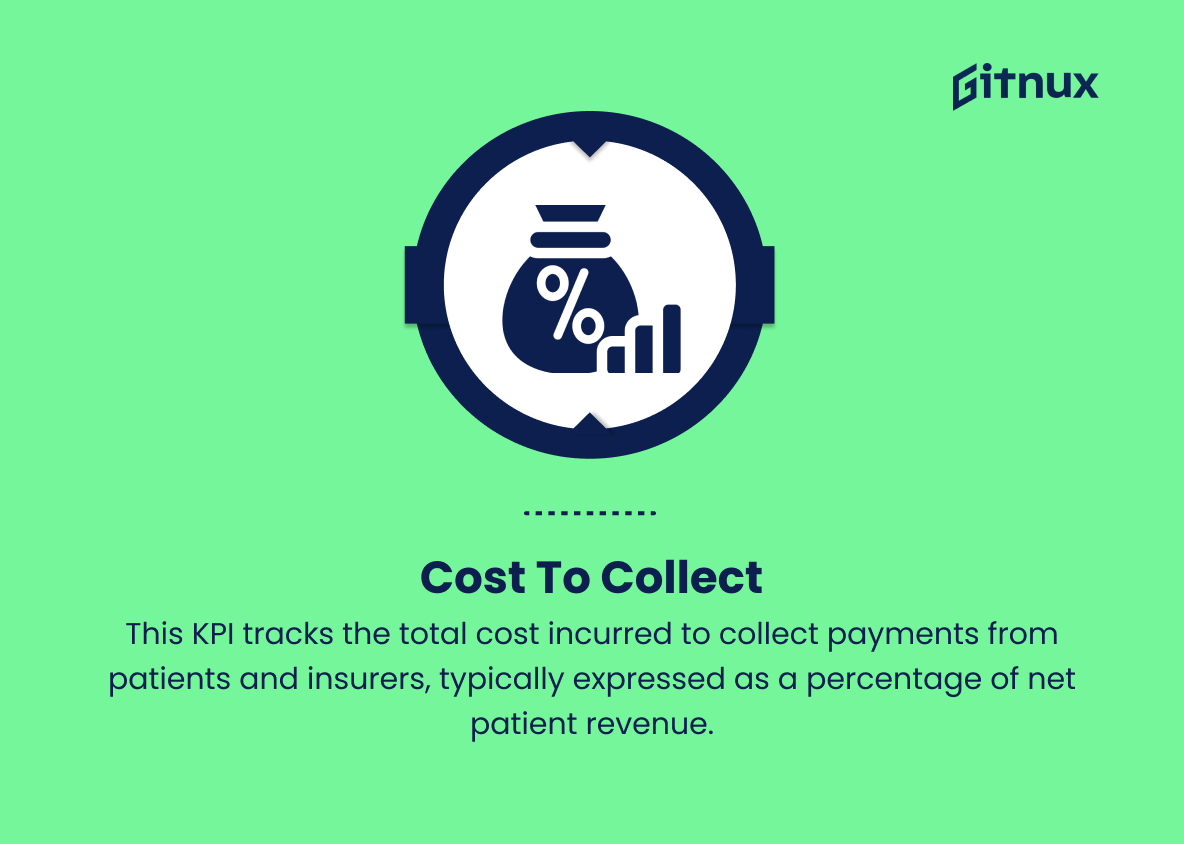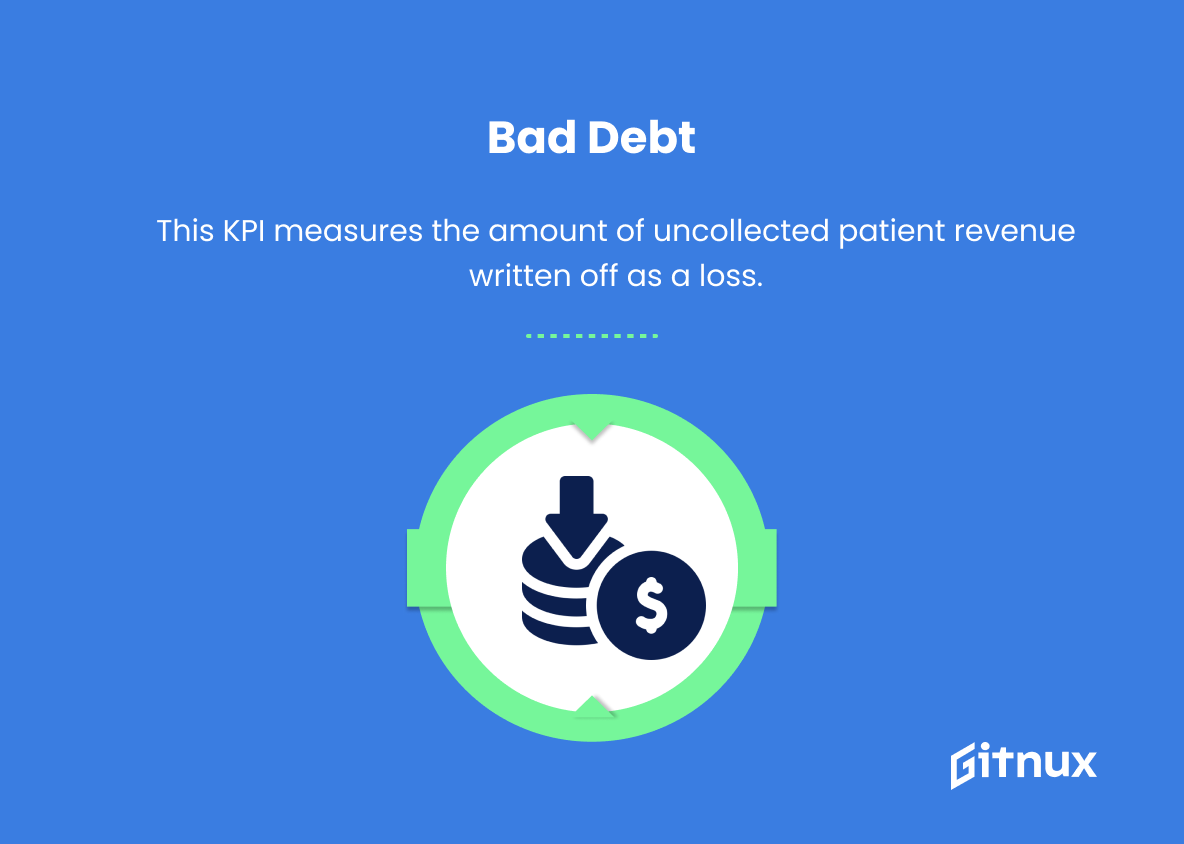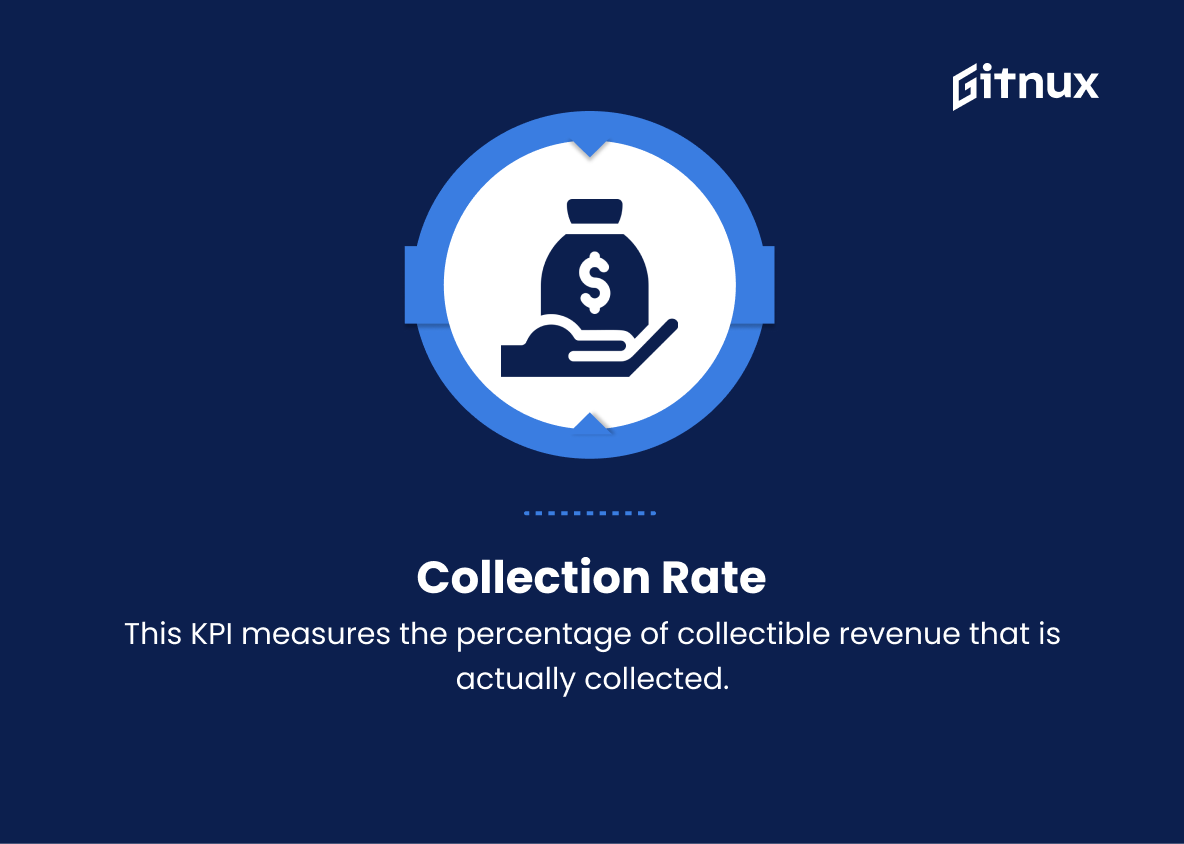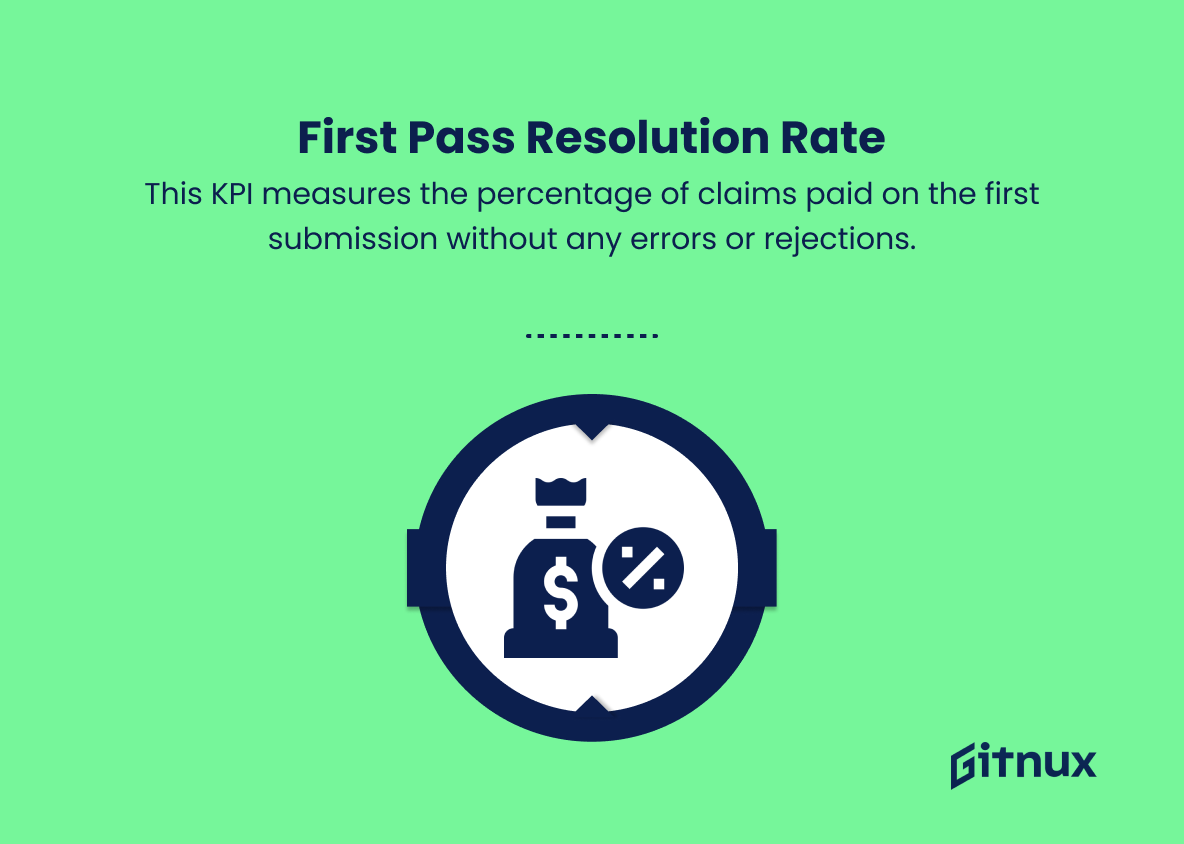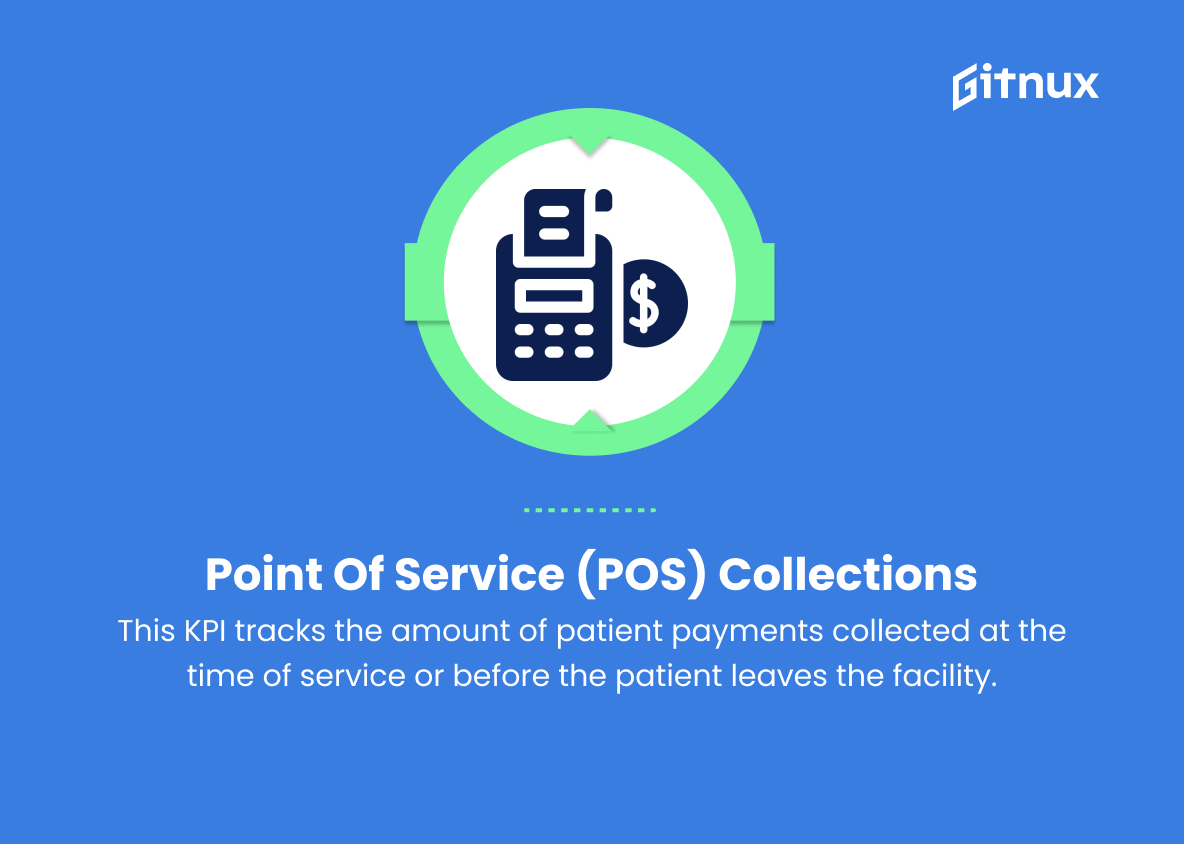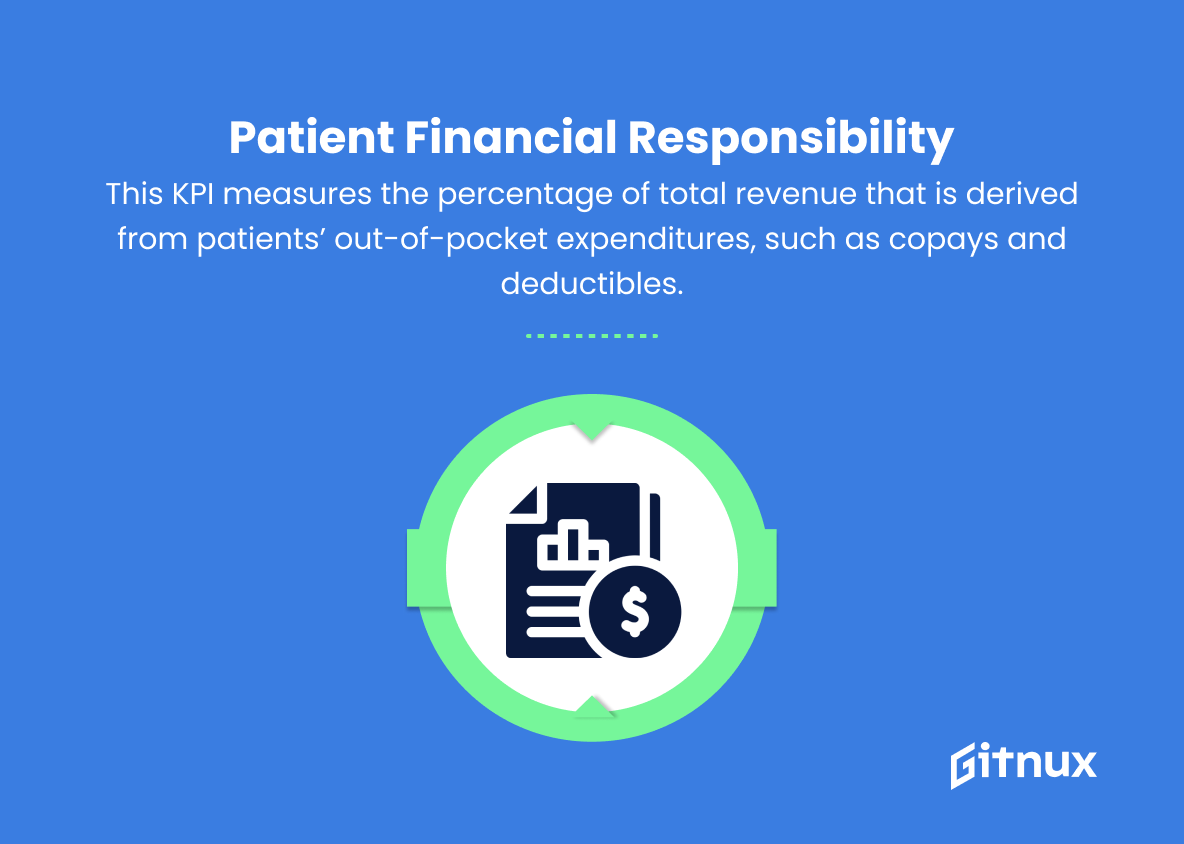In today’s highly competitive business landscape, organizations across all industries strive to maximize their potential and achieve sustainable growth. One key area that plays a critical role in driving success is effective management and optimization of the revenue cycle. To achieve this, businesses must continuously evaluate and refine their processes, and that’s where Revenue Cycle Key Performance Indicators (KPIs) come in.
These quantifiable metrics serve as an invaluable tool in gauging the efficiency and productivity of revenue cycle operations, enabling organizations to identify trends, potential problems, and strategic growth opportunities. This in-depth blog post will delve into the importance of Revenue Cycle KPIs, discussing various essential metrics, and sharing insights on how to harness these KPIs to drive your business performance to new heights.
Revenue Cycle KPIs You Should Know
1. Net Patient Revenue (NPR)
This KPI measures the total revenue generated from patient care services, net of contractual adjustments and discounts. A higher NPR indicates better financial performance.
2. Days in Accounts Receivable (A/R)
This KPI measures the average number of days it takes for a healthcare provider to collect payment from patients and insurers. A lower number indicates quicker revenue collection, reducing risks of bad debt.
3. Claim Denial Rate
This KPI tracks the percentage of claims denied by insurers. A lower denial rate indicates a more efficient billing process and better revenue cycle management.
In today’s highly competitive business landscape, organizations across all industries strive to maximize their potential and achieve sustainable growth.4. Clean Claim Rate
This KPI measures the percentage of claims submitted without errors or missing information, which are processed and paid without any additional follow-up from the provider. A higher clean claim rate indicates a more efficient revenue cycle.
5. Cost to Collect
This KPI tracks the total cost incurred to collect payments from patients and insurers, typically expressed as a percentage of net patient revenue. A lower cost to collect indicates a more efficient revenue cycle.
One key area that plays a critical role in driving success is effective management and optimization of the revenue cycle.6. Bad Debt
This KPI measures the amount of uncollected patient revenue written off as a loss. A lower bad debt percentage signifies effective revenue cycle management and lower risks of financial losses.
7. Collection Rate
This KPI measures the percentage of collectible revenue that is actually collected. A higher collection rate demonstrates effectiveness in collecting outstanding payments from patients and insurers.
8. First Pass Resolution Rate (FPRR)
This KPI measures the percentage of claims paid on the first submission without any errors or rejections. A higher FPRR shows an efficient claim submission process.
9. Point of Service (POS) Collections
This KPI tracks the amount of patient payments collected at the time of service or before the patient leaves the facility. A higher POS collection rate indicates that the facility is effective in collecting patient payments upfront, reducing the need for collections efforts.
10. Charge Lag
This KPI measures the average time between the date of service and the date charges are entered into the billing system. A shorter charge lag means that charges are being entered more quickly, which can lead to faster payment processing.
11. Revenue Cycle Leakage
This KPI measures the difference between the potential and actual revenue collected by a healthcare organization. A lower revenue cycle leakage means that the organization is capturing more of its potential revenue.
12. Patient Financial Responsibility (PFR)
This KPI measures the percentage of total revenue that is derived from patients’ out-of-pocket expenditures, such as copays and deductibles. An increasing PFR may indicate a need to improve patient payment collection strategies.
Revenue Cycle KPIs Explained
Revenue cycle KPIs play a crucial role in evaluating the financial performance and efficiency of a healthcare organization. Net Patient Revenue (NPR) measures the growth and profitability of the organization, while Days in Accounts Receivable (A/R) and Collection Rate provide insights into the organization’s effectiveness in collecting outstanding balances in a timely manner.
Claim Denial Rate, Clean Claim Rate, and First Pass Resolution Rate (FPRR) focus on optimizing the billing process to ensure maximum reimbursement from insurers. Cost to Collect and Bad Debt indicate organizational efficiency and financial risk management. Point of Service (POS) Collections emphasizes the importance of immediate patient payment collection, while Charge Lag helps identify potential bottlenecks in the billing process leading to delayed payments.
Revenue Cycle Leakage and Patient Financial Responsibility (PFR) highlight areas where revenue opportunities may be lost and how healthcare providers can develop better strategies to increase revenue capture. Each of these KPIs, when carefully monitored, can help healthcare organizations improve their revenue cycle management and overall financial outcomes.
Conclusion
In summary, Revenue Cycle KPIs are critical to the financial success and stability of any organization. By monitoring and improving these key performance indicators, businesses can optimize their revenue cycle, increase cash flow, and ultimately enhance their overall financial performance.
By frequently evaluating these vital metrics, adapting to industry trends and technological advancements, and utilizing innovative tools and approaches, companies can not only gain a competitive edge but can also ensure long-term, sustainable growth. Don’t underestimate the power of Revenue Cycle KPIs; harness their potential and unlock the door to a more robust and prosperous business.
